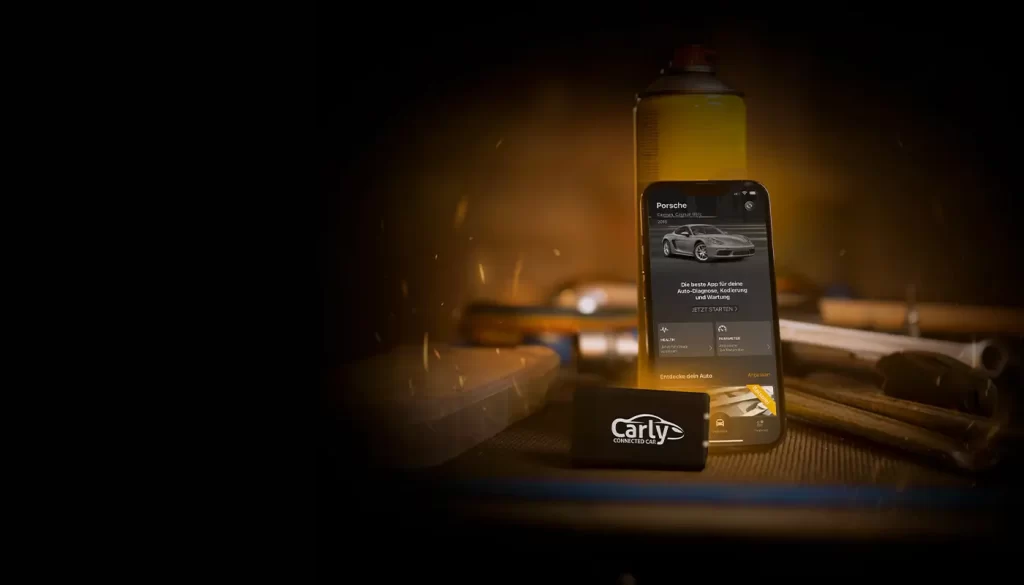Resetting the low-pressure tire warning light on your vehicle is an important step in maintaining the safety and performance of your tires.
The low-pressure tire warning light is designed to alert you when one or more of your tires is under-inflated. This can be caused by a slow leak, a puncture, or simply not inflating your tires to the recommended pressure level. Under-inflated tires can lead to poor fuel economy, uneven tire wear, and an increased risk of a blowout.
GAIN MORE CONTROL OF YOUR CAR WITH THE CARLY FEATURES
Check the exact pricing of Carly for your car brand!

Fast International Shipping with DHL

14 days adaptor return policy

Excellent customer support

Lifetime warranty in the hardware
SEEN IN
If your vehicle is equipped with an On-Board Diagnostics (OBD) device, you can use it to reset the low pressure tire warning light.

The specific steps may vary depending on the make and model of your vehicle and the OBD device you are using. In general, the steps to reset the warning light are as follows:
- Connect the OBD device to the diagnostic port of your vehicle. The diagnostic port is typically located under the dashboard, near the steering wheel.
- Turn the ignition key to the “On” position (do not start the engine).
- Follow the instructions on the OBD device to navigate to the tire pressure monitoring system (TPMS) menu.
- Select the option to reset the tire pressure warning light. This may be labeled as “TPMS reset” or something similar.
- Follow the instructions on the OBD device to complete the reset process. This may involve driving the vehicle at a certain speed for a certain distance, or pressing a button on the OBD device.
- Once the reset process is complete, the low pressure tire warning light should turn off.
It’s worth noting that you should inflate your tires to the recommended pressure level before attempting to reset the light. This can be found in the owner’s manual of your vehicle or on a sticker on the driver’s door jamb or inside the fuel filler door. You can also find the right pressure level on the sidewall of the tire itself.
It’s important to check your tire pressure regularly, as it can change due to temperature changes and other factors. To check your tire pressure, you’ll need a tire pressure gauge. These can be found at any auto parts store or service center. Simply remove the valve cap from the tire, press the gauge onto the valve, and read the pressure. If the pressure is too low, use an air compressor or a manual pump to add air to the tire until it reaches the recommended pressure level.
Another way to check the tire pressure is using the sensors that most of the vehicles have nowadays. These sensors send the tire pressure information to the vehicle’s computer, which then displays it on the dashboard or through a message center. Make sure you check your owner’s manual to understand how to access the tire pressure information.
Resetting the low pressure tire warning light is an important step in maintaining the safety and performance of your tires. It’s important to inflate your tires to the recommended pressure level and check them regularly. If the light comes on, use an OBD device to reset it, and if the light remains on, it could be a sign of a more serious issue with your tires or the TPMS. In this case, it’s best to have your vehicle inspected by a professional mechanic to ensure that your tires are safe to drive on.
It is also important to remember that the tire pressure monitoring system in your vehicle is not a substitute for proper tire maintenance. Even if the low pressure tire warning light is not on, it’s still a good idea to check your tire pressure regularly and make sure that they are properly inflated.

